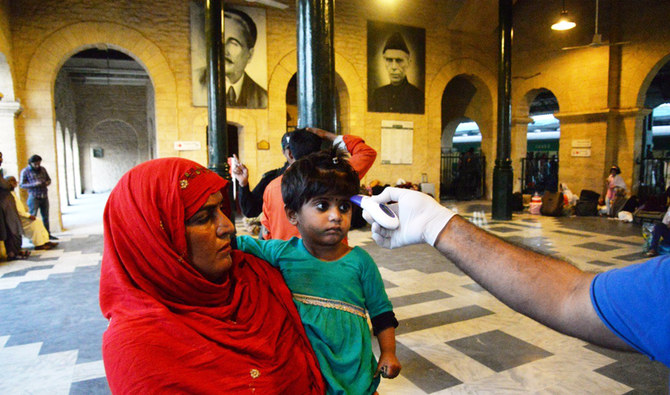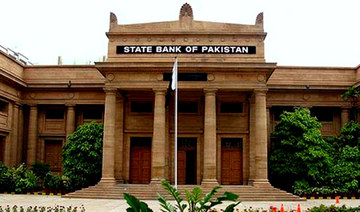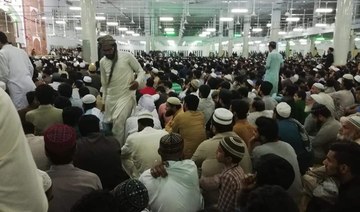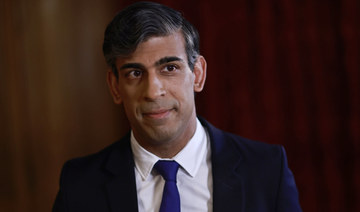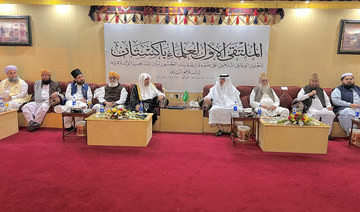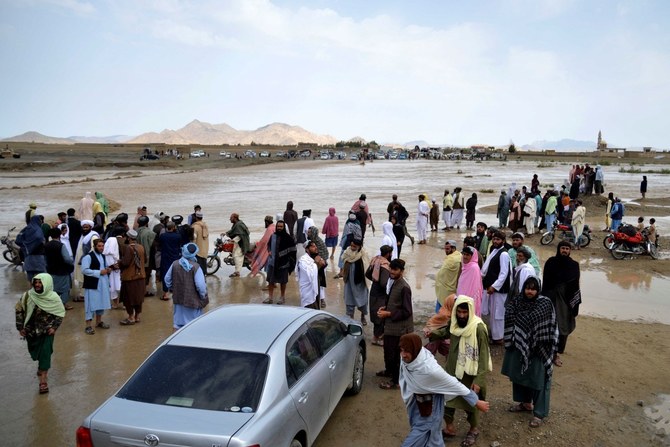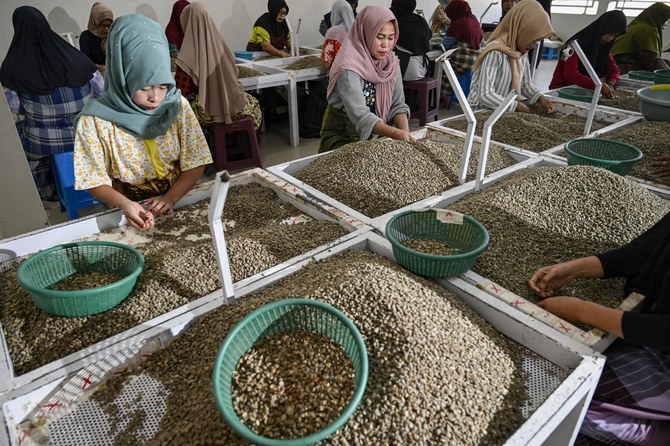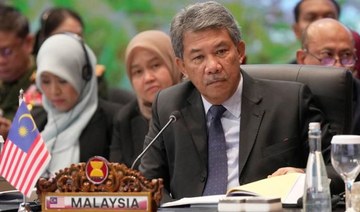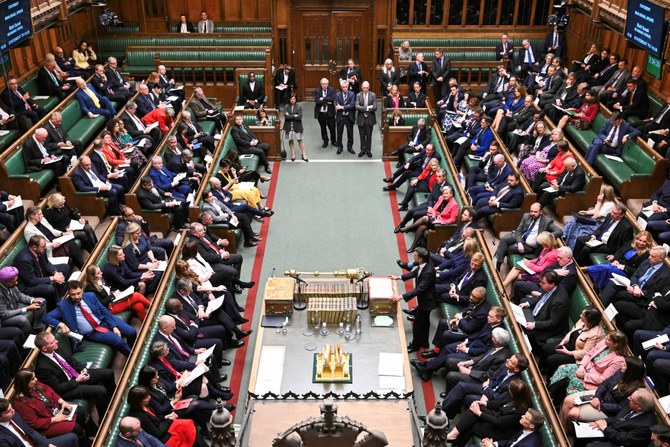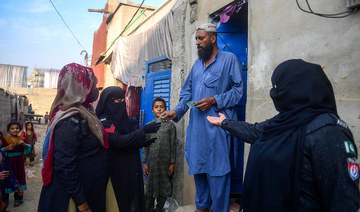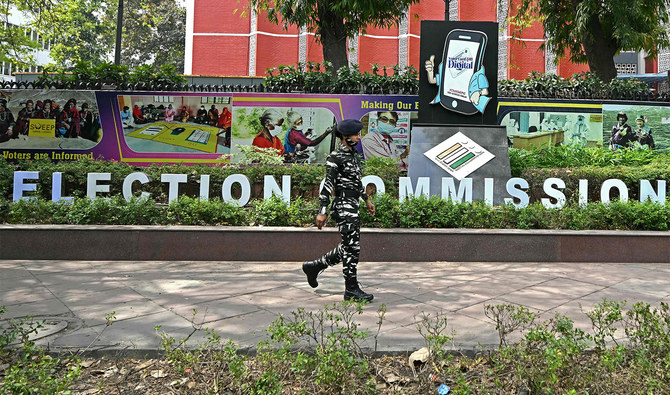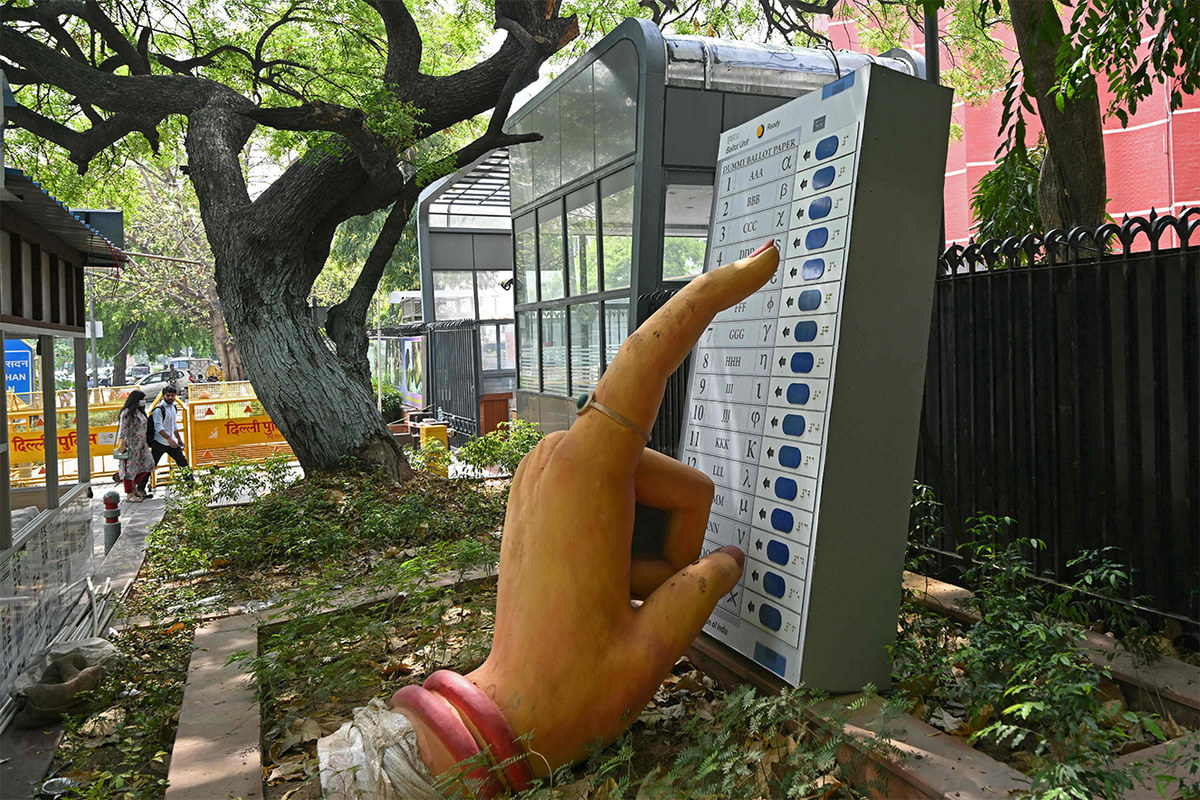KARACHI: Just a few days after he had returned from a visit to Iran, Yahya Jafri, a 22-year-old Pakistani national, became “patient zero” of Pakistan’s now explosive coronavirus outbreak.
Once he was diagnosed as having the coronavirus disease (COVID-19) on Feb. 27, his family was moved to Aga Khan Hospital in Karachi, according to Meeran Yousuf, a spokesperson for Sindh province’s Health Department.
Around the same time several other Pakistanis returning from pilgrimage in Iran also tested positive for the virus, prompting authorities to suspend all flights to Iran.
Given the highly infectious nature of COVID-19, the move was perhaps a case of too little too late.
On March 25, Pakistan’s health minister claimed that 78 percent of the country’s total coronavirus patients had a history of travel to Iran.
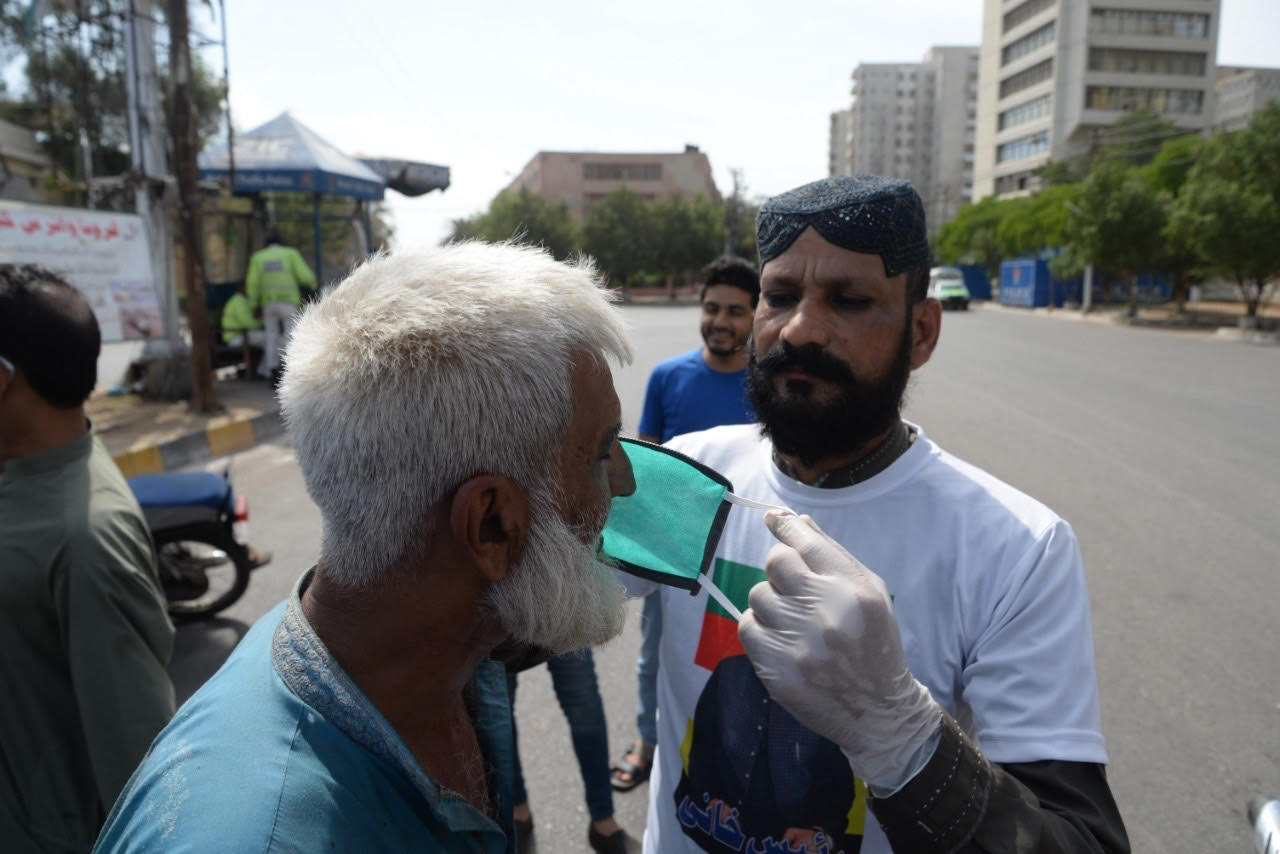
“Every state defends its own interests first in such times," Umair Muhammad Hasni, a Balochistan government spokesperson, said while announcing the sealing of the border with Iran.
“Returning pilgrims are being pushed by Iran into a buffer zone between the two countries. We just cannot leave those people here.”
Iran has been accused by Gulf countries too of letting pilgrims depart without screening them for COVID-19 infection.
But that is scant comfort for a country of 220 million people reeling from a full-blown outbreak.
Pakistan’s cities have been under a partial lockdown for the past several weeks.
Schools, educational institutions, shopping malls and other usually crowded public places have been shut across the country.
After facing criticism for lacking a unified response to the public-health crisis, the government has extended a nationwide lockdown till April 14.
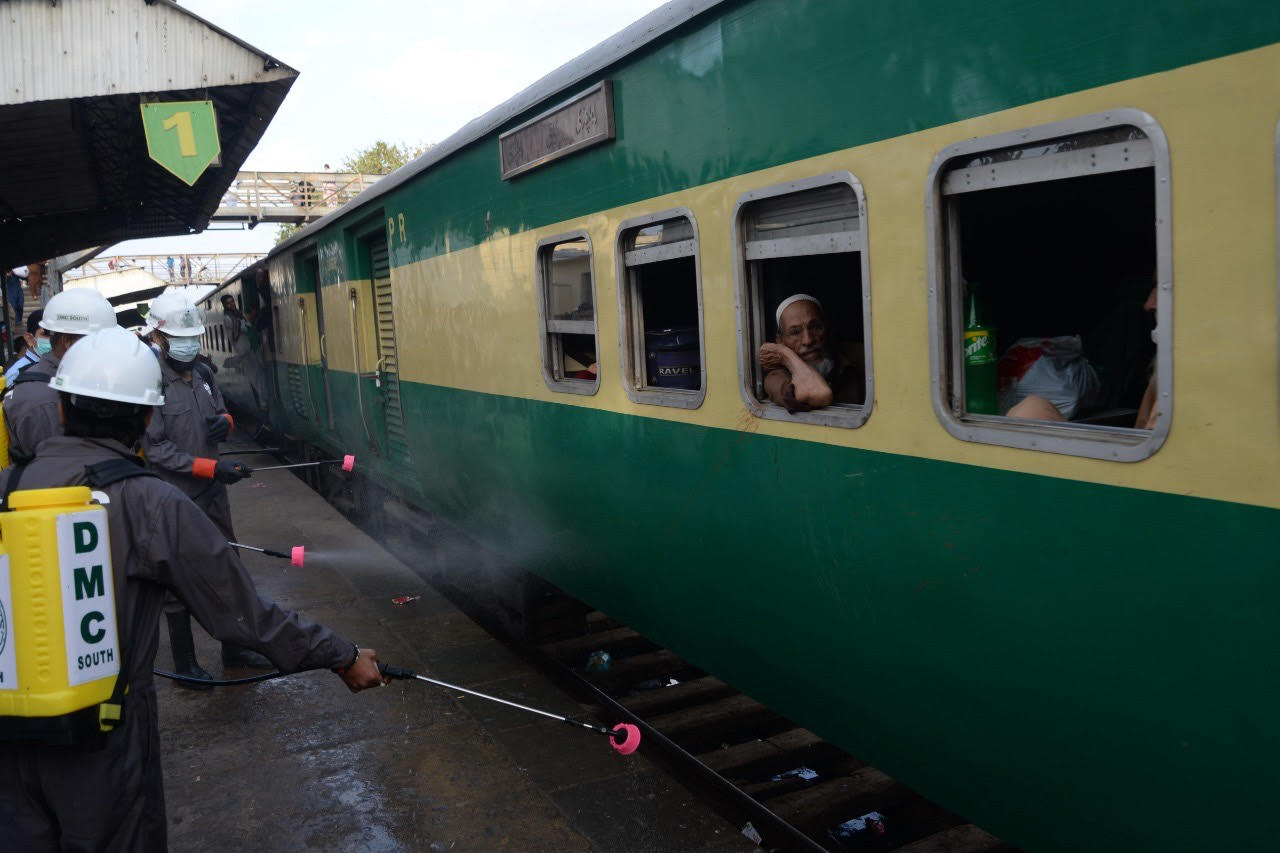
It has set aside economic concerns for now and suspended flights and business activities in an effort to halt the spread of COVID-19 infections.
Pakistan, like neighbor India, faces an uphill battle in its belated attempt to "flatten the curve” of infections.
As of Sunday, the country had a total of 2,665 active COVID-19 cases, 45 deaths and 170 recoveries.
The government is getting flak for moving too slowly to stop large gatherings when the need of the hour is “social distancing” among other precautionary measures.
But as analysts have pointed out, the political leadership faces a painful choice between protecting public health and preventing an economic meltdown.
With blunt speeches, Prime Minister Khan is seeking to convince Pakistanis of the seriousness of the situation.
Attending a ceremony recently in Lahore, he said about 50-60 million of his compatriots are already below the poverty line and cannot afford to have two meals a day.
"Above these people are 50-60 million others, who are right at the border,” he said.
“If one misfortune befalls them, they are pushed below the poverty line."
Pakistan was beset with problems ranging from an anemic economy and political dissension to dwindling investment flows when the coronavirus storm hit.
Now the challenge confronting the country is of a completely different order from anything it has dealt with in living memory.
Even the accuracy of the government’s coronavirus data is questioned by many Pakistanis.
Earlier this last week, Faisal Edhi, who heads Pakistan’s biggest charity, Edhi Foundation, accused officials, especially those in the largest province, Punjab, of underreporting COVID-19 cases.
“We are daily burying six to seven people with respiratory (illness) symptoms,” Edhi told Arab News.
A spokesperson of the Punjab health department rejected the charge, adding that COVID-19 deaths were not being concealed.
Edhi estimates that Punjab has 14,000 confirmed cases, a figure several times the number cited by provincial authorities.
As of March 31, according to official data, Punjab and Sindh had tested respectively 15,000 and 7,000 people for the coronavirus infection.
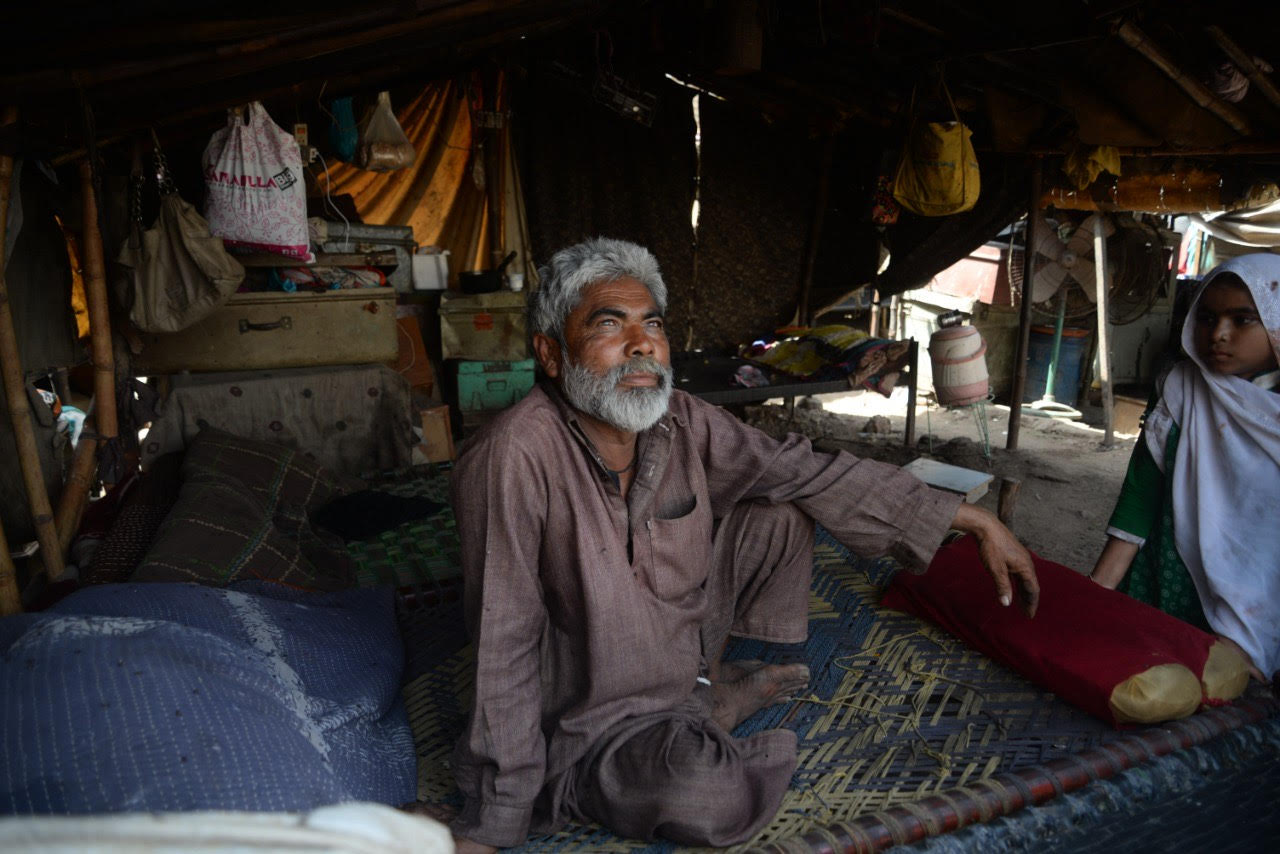
The corresponding figures for Khyber Pakhtunkhwa and Balochistan provinces was 1,711 and 2,113.
Liaquat Shahwani, a Balochistan government spokesperson, said more tests will be conducted once the province receives 1,000 test kits from the federal government.
He said the official request was for 50,000 kits due to the large number of people affected by the outbreak in Balochistan.
Dr Zafar Mirza, the prime minister’s assistant on health issues, has said more than 15,000 people have been tested across the country.
“The country is rapidly increasing its capacity of testing and treatment to cope with the coronavirus pandemic,” he said.
For his part, Asad Umar, Minister for Planning, Development and Special Initiatives, said “our testing capacity” has been increased from 30,000 to 280,000, and will be raised to 900,000 by mid-April.“
Saqib Mumtaz, a spokesman for the National Disaster Management Authority (NDMA), said Pakistan has got ventilators and protective gears from China, adding that orders had been placed for another 3,000 ventilator units.
The UAE announced through its embassy in Islamabad that it had sent its first batch of medical supplies.
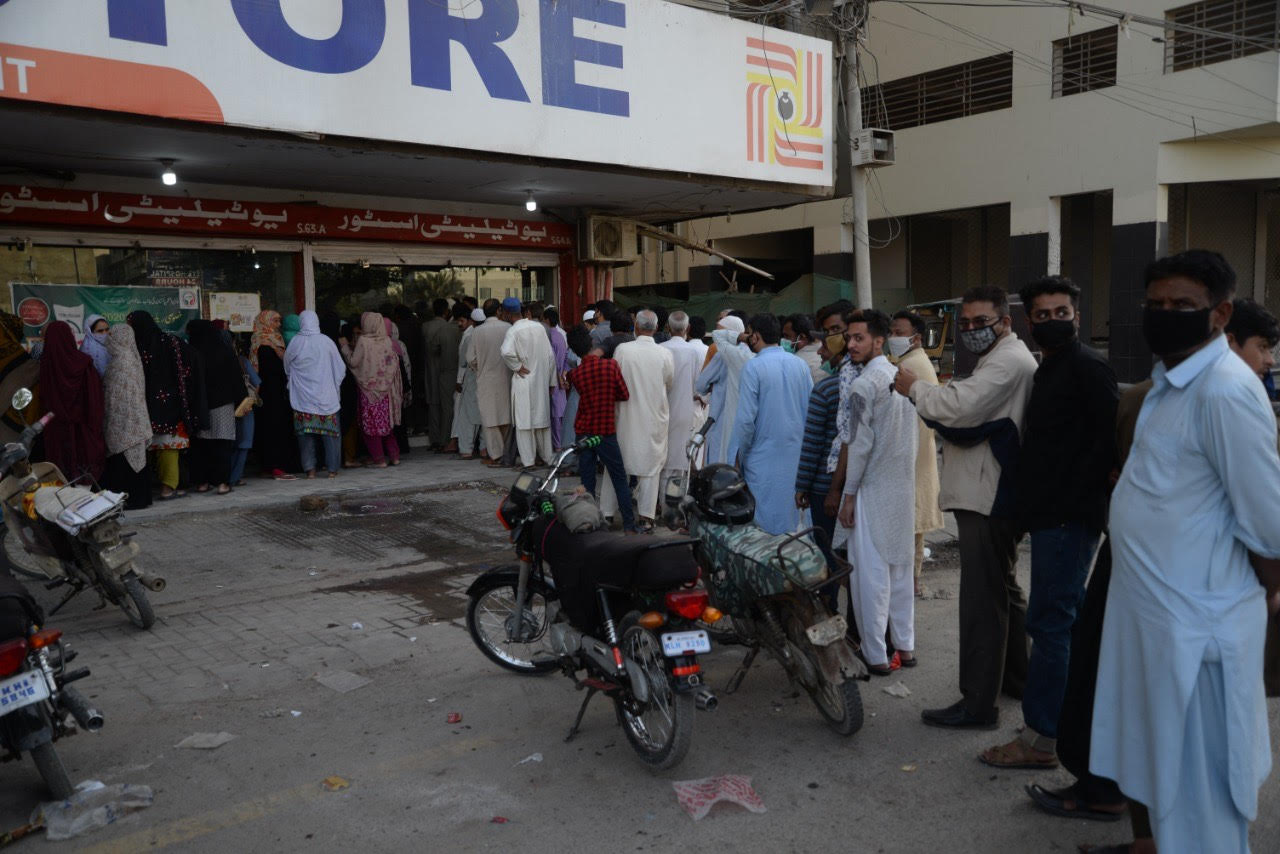
Even as foreign medical assistance begins to arrive, reports of new coronavirus cases are pouring in from across the country.
Each province is now enforcing its own partial or full lockdown in an effort to slow the spread of the deadly virus.
The Sindh government has established isolation centers in 12 different hospitals, having won praise for being the first to announce a lockdown with effect from March 23.
At the same time, it has placed a ban on Friday prayer gatherings for fear of local transmission, which accounts for most of the province’s 830 cases.
A number of quarantine and isolation facilities are also up and running across the country.
Punjab says that in addition to its quarantine capacity for 27,000 people, up to 100,000 patients can be treated in hospitals if the situation deteriorates further.
With “flattening the curve” of infections beyond the realm of imagination, Pakistan’s provincial governments and the national government have their work cut out for them.
In his address in Lahore, Khan said there is no denying that these are difficult times.
"It is difficult because no one has the experience to deal with such a crisis,” he said.
Khan noted that countries with far greater resources, competent institutions and well-funded health systems were reeling from the pandemic’s blow.
“The US has prepared a $2,000bn relief package whereas we can barely manage a $8bn one,” he said, pointing out that despite its resources, there is “a breakdown of (US) systems.”
Khan added: “If this is what can happen to them, our situation was dire to begin with.”










